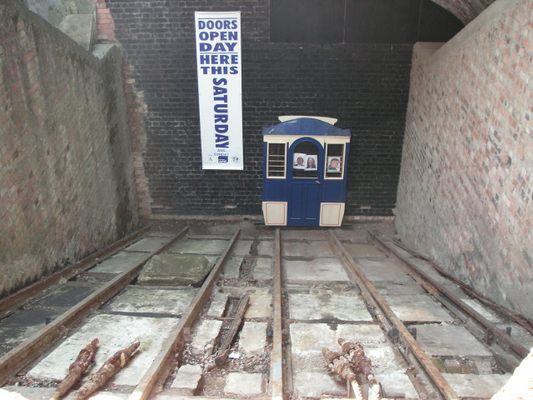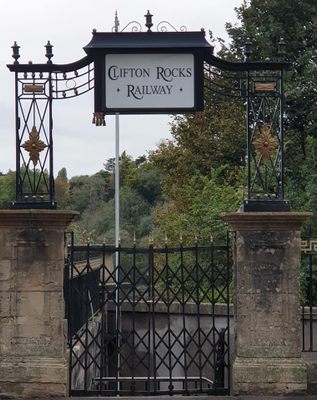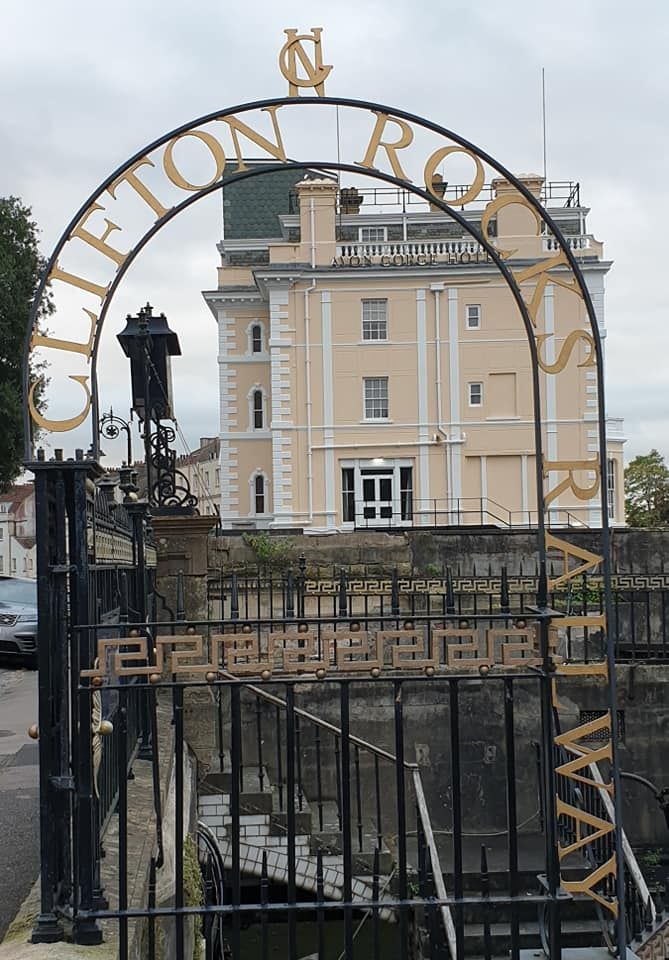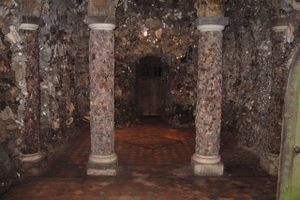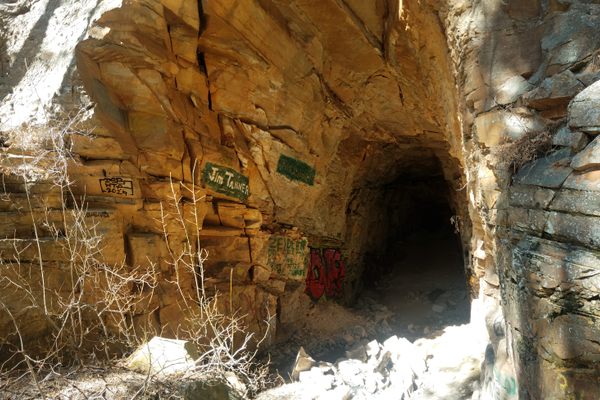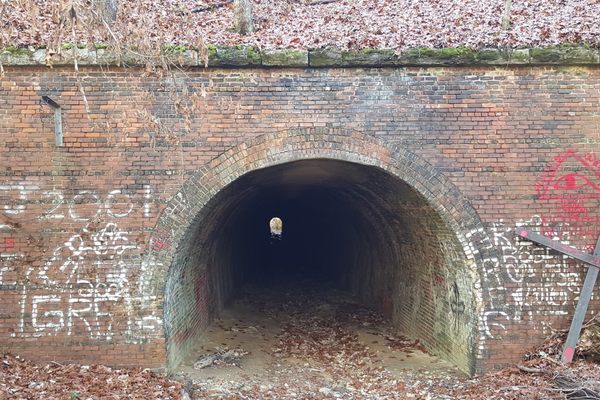About
There's a secret hiding in the rocks lining the road that runs along the River Avon. There, tucked behind a gate, is an abandoned Victorian-era funicular tunnel that served as a clandestine sanctuary during World War II.
The underground funicular opened in March of 1893. It was the work of an entrepreneur named George Newnes, who hatched a plan to build a luxurious spa atop the gorge. He decided to construct the railroad to link the spa with the port down below.
The town let Newnes complete his plan, but there were a few conditions. The funicular had to be underground, so as not to spoil the picturesque scenery. It also needed secret entrances and exits to keep commoners separated from the hotel guests.
Unfortunately for the railroad, its working days were short-lived. By the 1920s, automobiles rendered it largely unnecessary. The last rail journey took place in 1934, and the secluded funicular seemed doomed to fade into obsoleteness.
But World War II changed all that. Locals took refuge from bombs in the upper parts of the tunnel. The BBC set up camp in the lower chamber, using it as a place to house its Symphony Orchestra. The BBC also constructed an emergency studio within the bowels of the tunnel network, though the air raids stopped before it was ever put to proper use.
The BBC kept the studio even after World War II ended, considering it a backup option during the Cold War. However, the organization moved out in 1960, and the tunnel was abandoned once again.
In 2008, a volunteer group set to work restoring the tunnel. Rocks, broken bottles, shoes, and other remnants from its bomb shelter days litter the space. The rusted train tracks still stretch throughout the tunnel, though they’ll likely never be used again.
Related Tags
Know Before You Go
If you’re in the city center, head up Park Street and Whiteladies Road. Take a left at the top of Black Boy Hill and look for the signs for the suspension bridge. Turn left onto Sion Hill.
Guided tours are offered on certain open days (see the website for details as they’re announced). These tours run every 10 minutes throughout the day. You don’t need to book in advance and admission is free, though donations are welcomed. On the tour, you’ll learn about the history of the site. However, be aware that you won’t be able to enter the tunnel due to restoration work and safety concerns.
The Bristol In-Sight, (Hop On Hop Off ) Bus (Yellow Route) drives passed but does not stop. You can catch a glimpse from the right hand side.
Community Contributors
Added By
Published
August 6, 2018

